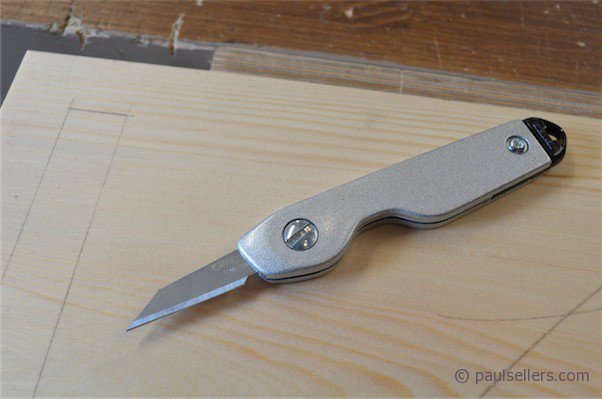clogs
just can't decide
I use an old Bi-Metal hand hacksaw blade to scribe / mark metal.......
never bothered with wood as nothing I make is that special.....yet....
still look in awe at member projects........
as for the old industrial Rapidor type hacksaw machine blades, cant remember the last time I saw one.....
guess they still make em.....?
never bothered with wood as nothing I make is that special.....yet....
still look in awe at member projects........
as for the old industrial Rapidor type hacksaw machine blades, cant remember the last time I saw one.....
guess they still make em.....?







































